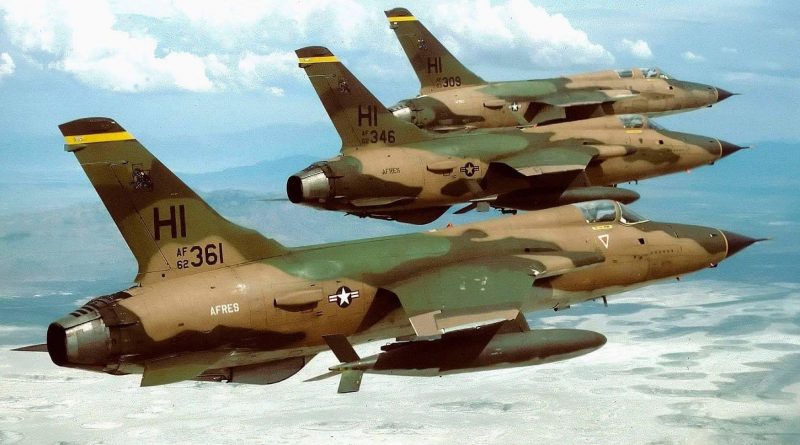July 27 in U.S. military history
1816: After freed slaves serving as Colonial British Marines attack and kill several American sailors stopping to fill their canteens near Negro Fort in Spanish Florida, Maj. Gen. (and future president) Andrew Jackson is granted permission to reduce the redoubt. Gunboat No. 154 fires one shot at Negro Fort, detonating the powder magazine and killing 300 defenders, becoming the deadliest cannon shot in U.S. military history. What few survivors remain are captured with no American military casualties.
1898: During the Spanish-American War, Marines from USS Dixie raise the U.S. flag over Puerto Rico for the first time.
1909: 10,000 people, including President Howard Taft, gather to watch aviation pioneer Orville Wright fly himself and U.S. Army Lt. Frank P. Lahm above the Fort Myer, Virginia countryside for more than an hour in his now-famous Wright Flyer. The Army leadership is impressed enough that it takes delivery of its first Wright Flyer, “the world’s first military airplane,” within days.
1953: After three years of fighting in Korea, which kills over 50,000 Americans and millions of Chinese and Korean troops, an armistice is signed, ending hostilities in the Korean War at 2200 hours. At 2159, the cruiser USS St. Paul (CA-73) fires the last shot of the war, which was signed by Rear Adm. Harry Sanders, at an communist gun emplacement.
The agreement establishes a De-Militarized Zone near the 38th Parallel and prisoners are exchanged, but to this day, North and South Korea are technically still at war. Dozens of Americans have been killed in clashes in the DMZ, with several U.S. aircraft and helicopters shot down since the armistice.
1965: Three days after Communist forces attack U.S. warplanes on a bombing raid northwest of Hanoi, 46 F-105 Thunderchief attack aircraft target the missile sites. The raid destroys one launcher, but five F-105s are shot down.
